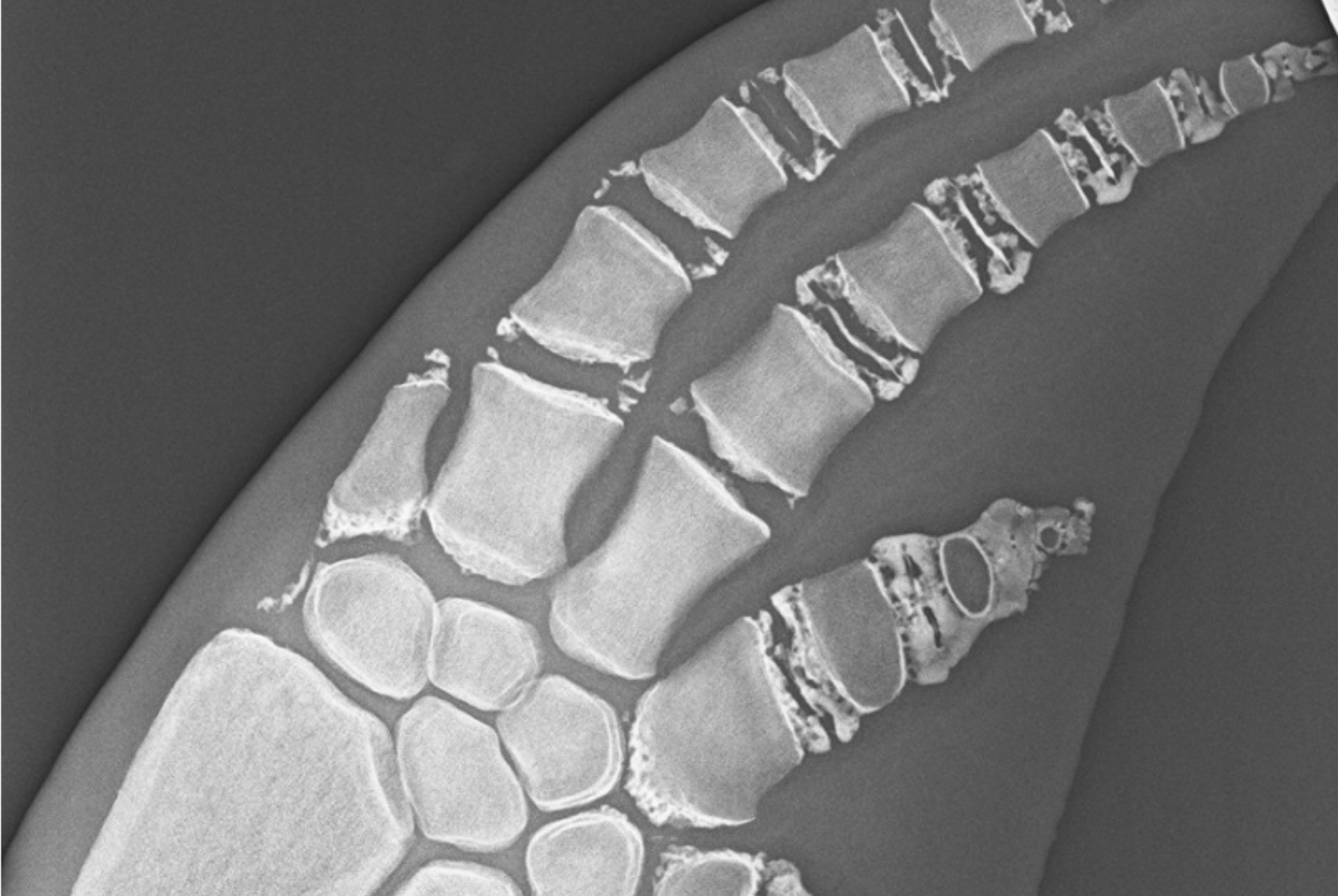

In conclusion, biological age was inversely correlated with chronological age. This idea stems from the fact that not every person develops the signs and complications of age-related degradation at the same rate.

Around 25, 35 and 40 years, the decrease of AMH values accelerated. The concept of biological age refers to the youthfulness of your body, regardless of your chronological age. AMH concentrations approximately 31.1% depended on age and descended by an average of 6.2% per year. Our results showed that serum AMH levels were negatively correlated with age (r = -0.606, p <. Distribution and Statistical description of age-specific AMH levels was provided. All included women were divided into several groups by age. Chronological age is simply how long an individual has lived in years, months, days, or a combination of all of these (e.g. A retrospective analysis including 3280 females between 10 to 52 years old was conducted from January 2016 to December 2016 in the clinical laboratory of Center for Reproductive Medicine, The Third Affiliated Hospital of Sun Yat-sen University, China.

Biological age is determined using a combination of specific physiological measures outside of age in years. Biological age is far more revealing of a person’s status of health at a given age. “Our findings suggest that deep learning analysis of routine blood tests could complement or even replace the current error-prone method of self-reporting of smoking status and could be expanded to assess the effect of other lifestyle and environmental factors on aging,” the authors concluded.The aim of the present study was to determine the correlation between chronological age and biological age by characterizing age-specific serum anti-Müllerian hormone (AMH) values for 3280 Chinese women. The difference between chronological age and biological age is that chronological age is how old someone is in years. To calculate your chronological age you need to subtract your date of birth from the current date. We applied artificial intelligence to prove that smoking significantly increases your biological age.”Īdditionally, the study results proposed that deep learning analysis of routine blood tests could replace the current unreliable method of self-reporting of smoking status and evaluate the influence that other lifestyle and environmental factors have on aging. Chronological age is different to biological age because biological age takes into account for different biological and physiological development factors including genetics, lifestyle, nutrition and health conditions. “Smoking is a real problem that destroys people’s health, causes premature deaths, and is often the cause of many serious diseases. “I am pleased to be part of the research study, which provides fascinating scientific evidence that smoking is likely to accelerate aging,” noted lead study investigator Polina Mamoshina, a senior research scientist at Insilico Medicine. The results were carried out based on the blood profiles of 149,000 adults. Female smokers were predicted to be twice as old as their chronological age compared to nonsmokers, whereas male smokers were predicted to be one and a half times as old as their chronological age compared to nonsmokers.”Īccording to the study’s results, smokers demonstrated a higher aging ratio, and both male and female smokers were predicted to be twice as old as their chronological age as compared to nonsmokers. Biological age, also referred to as physiological age, takes many lifestyle factors into consideration, including diet, exercise and sleeping habits, to name a few. “We further used those models to quantify the acceleration of biological aging due to tobacco use. Chronological age is the number of years a person has been alive, while biological age refers to how old a person seems.

“By employing age-prediction models developed using supervised deep learning techniques, we found that smokers exhibited higher aging rates than nonsmokers, regardless of their cholesterol ratios and fasting glucose levels,” the authors wrote. By employing age-prediction models developed by supervised deep learning techniques, the study analyzed several biochemical markers, including measures based on glycated hemoglobin, urea, fasting glucose, and ferritin. Findings from the new study were published recently in Scientific Reports through an article titled “ Blood Biochemistry Analysis to Detect Smoking Status and Quantify Accelerated Aging in Smokers,” with the researchers setting out to determine biological age differences between smokers and nonsmokers, and evaluating the impact of smoking using blood biochemistry and recent advances in artificial intelligence.


 0 kommentar(er)
0 kommentar(er)
